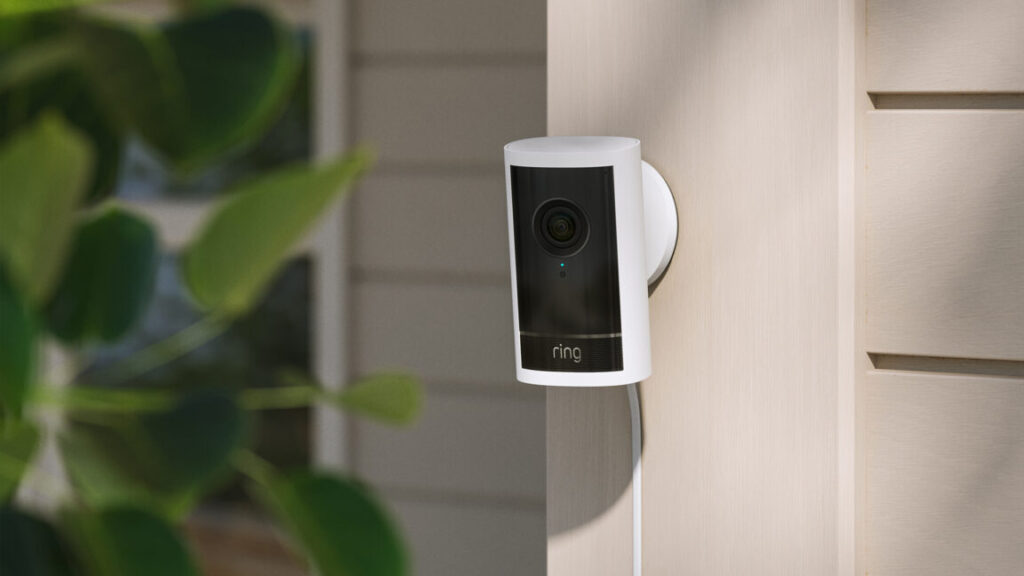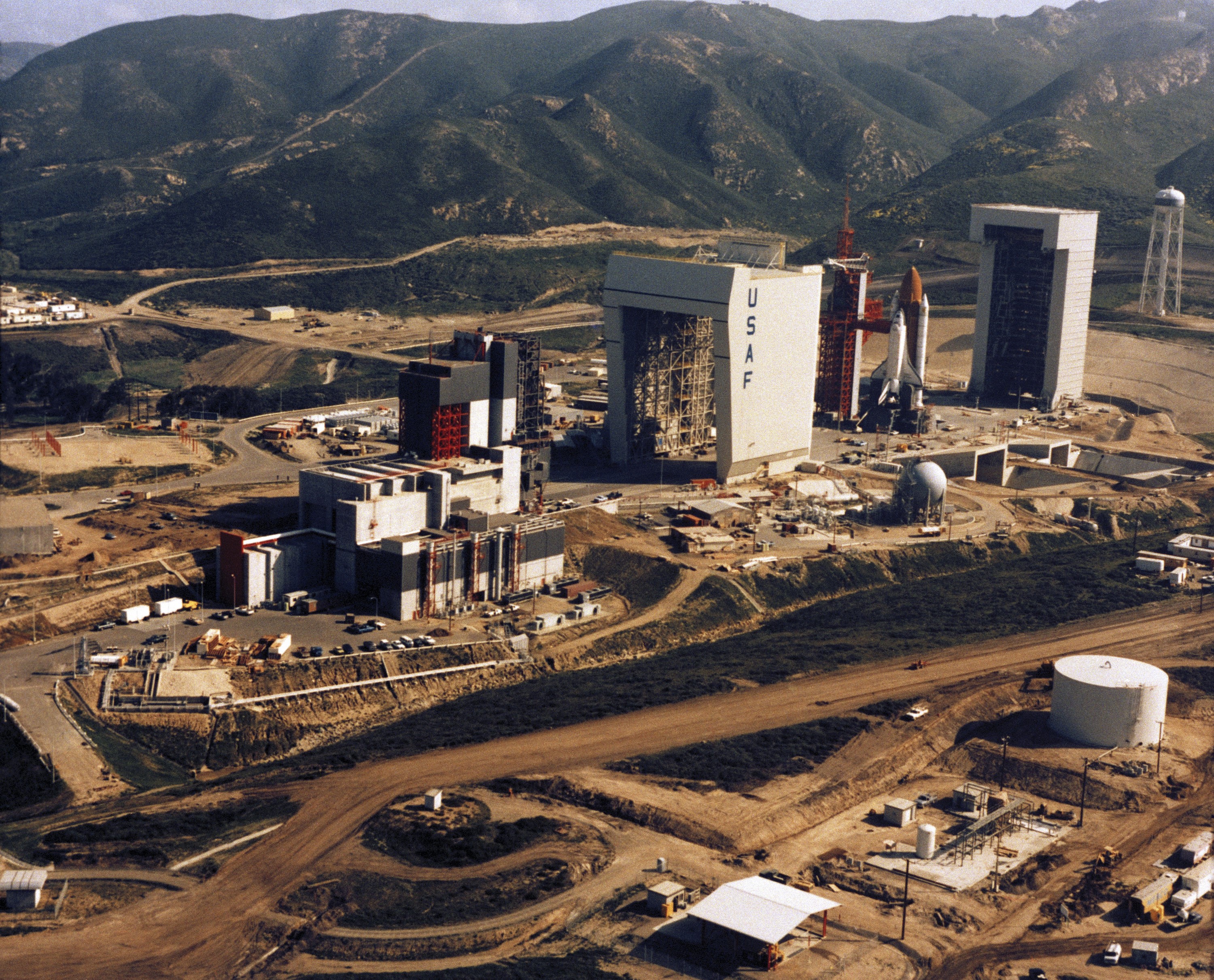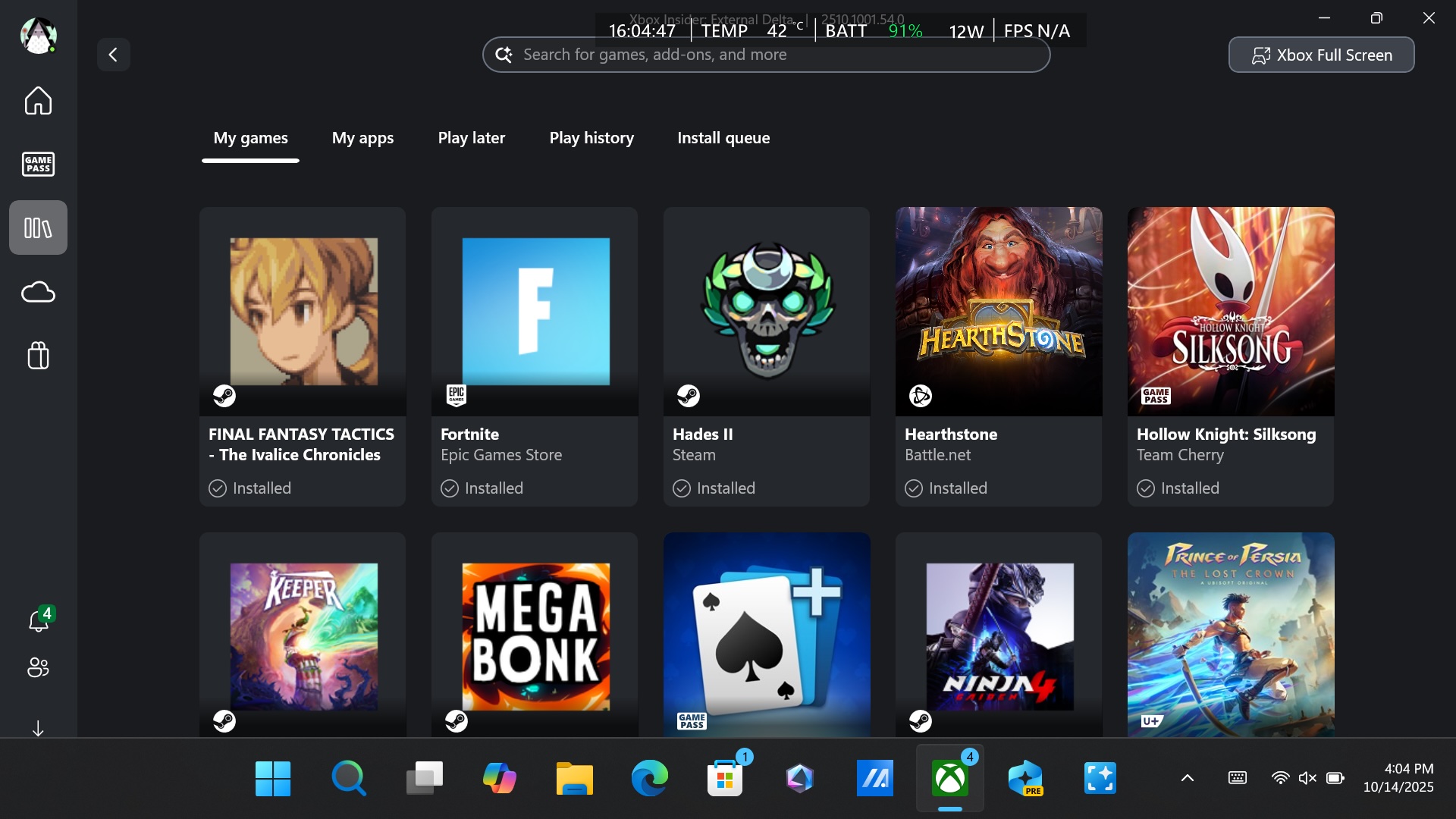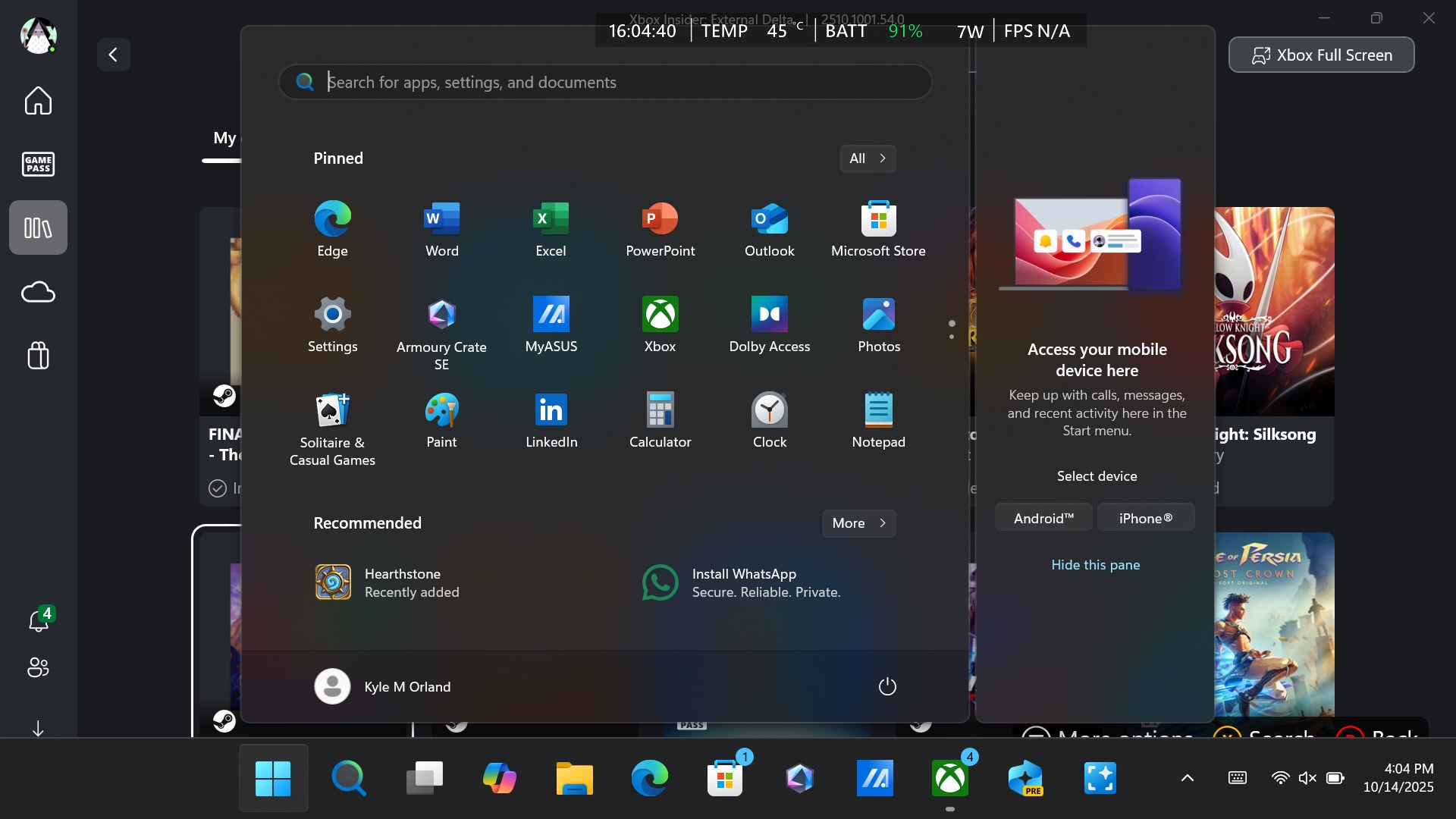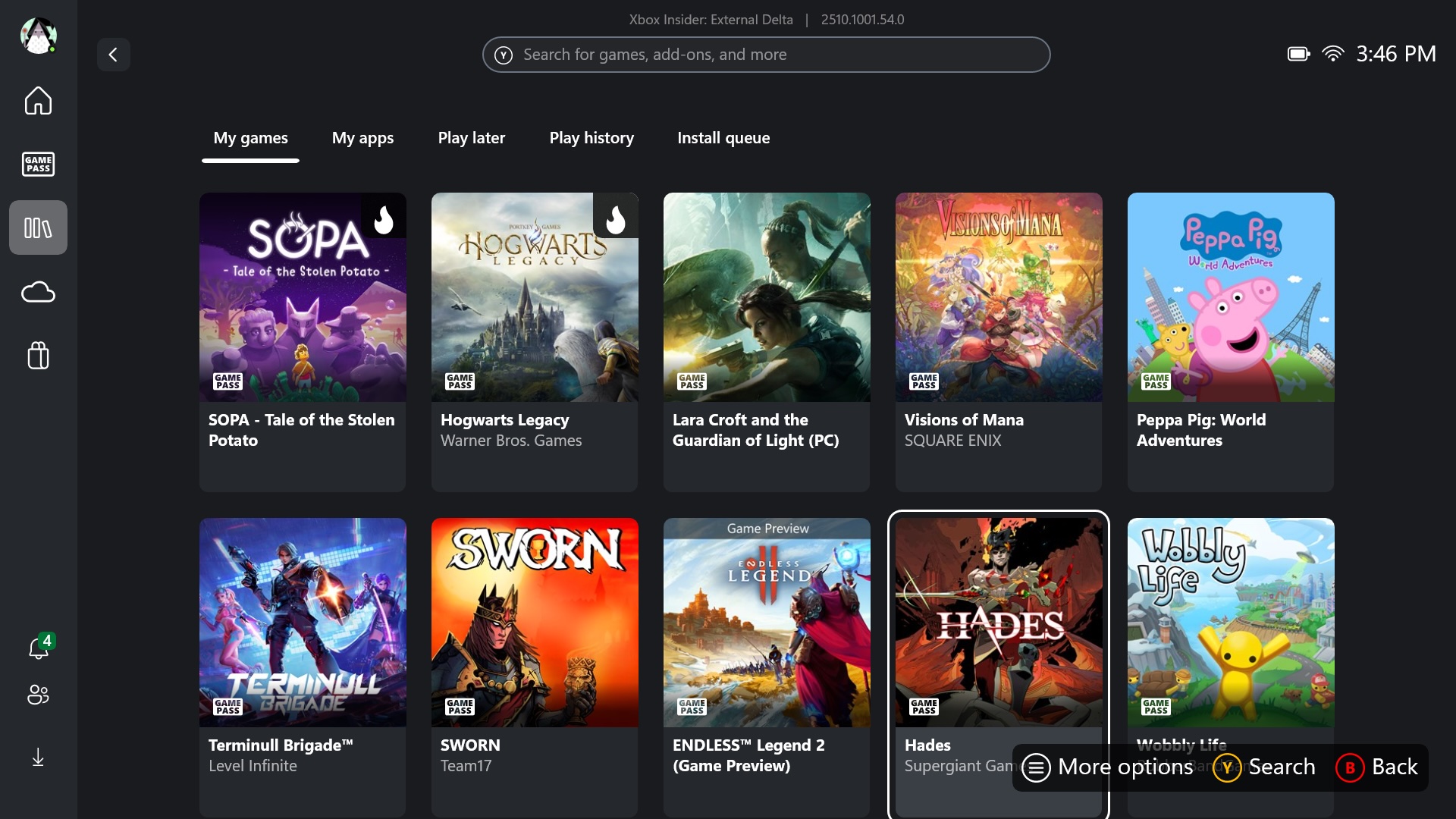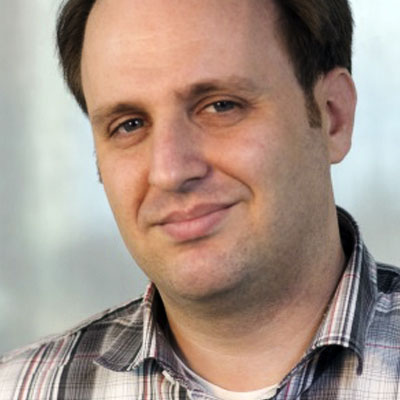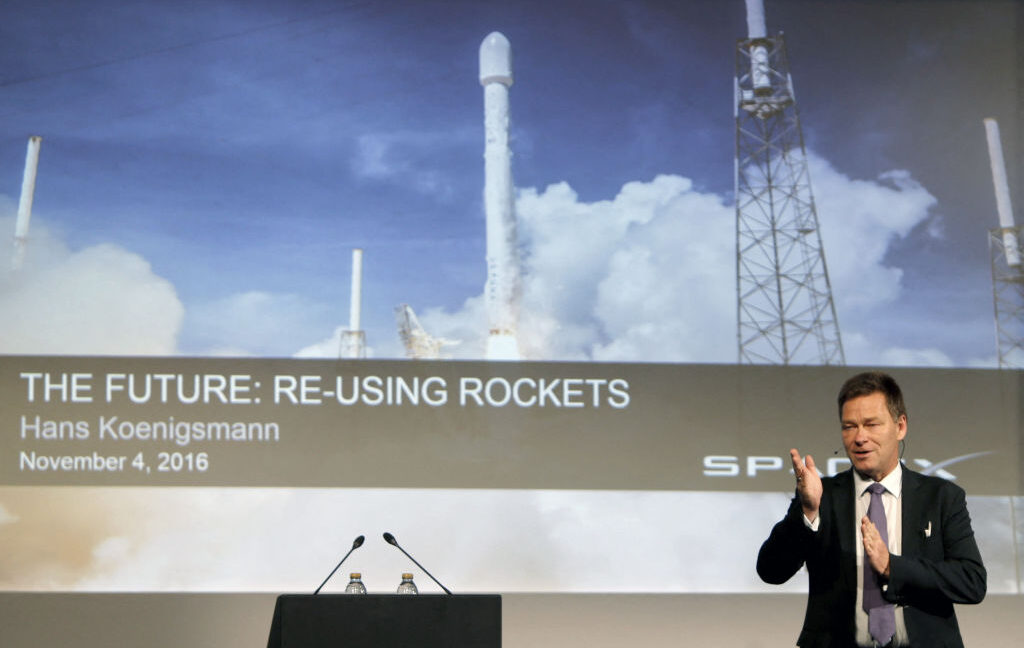With deadline looming, 4 of 9 universities reject Trump’s “compact” to remake higher ed
Earlier this month, the Trump administration made nine elite universities an offer they couldn’t refuse: bring in more conservatives while shutting down “institutional units that purposefully punish, belittle, and even spark violence against conservative ideas,” give up control of admissions and hiring decisions, agree to “biological” definitions of sex and gender, don’t raise tuition for five years, clamp down on student protests, and stay institutionally “neutral” on current events. Do this and you won’t be cut off from “federal benefits,” which could include research funding, student loans, federal contracts, and even student and faculty immigration visas. Instead, you may gain “substantial and meaningful federal grants.”
But the universities are refusing. With the initial deadline of October 20 approaching, four of the nine universities—the University of Pennsylvania, Brown, University of Southern California, and MIT—that received the federal “compact” have announced that they will not sign it.
In addition, the American Council on Education, which represents more than 1,600 colleges and universities, today issued a statement calling for the compact to be completely withdrawn.
The compact would “impose unprecedented litmus tests on colleges and universities as a condition for receiving ill-defined ‘federal benefits’ related to funding and grants,” the statement says, and goes on to add that “it offers nothing less than government control of a university’s basic and necessary freedoms—the freedoms to decide who we teach, what we teach, and who teaches… The compact is just the kind of excessive federal overreach and regulation, to the detriment of state and local input and control, that this administration says it is against.”
With deadline looming, 4 of 9 universities reject Trump’s “compact” to remake higher ed Read More »

